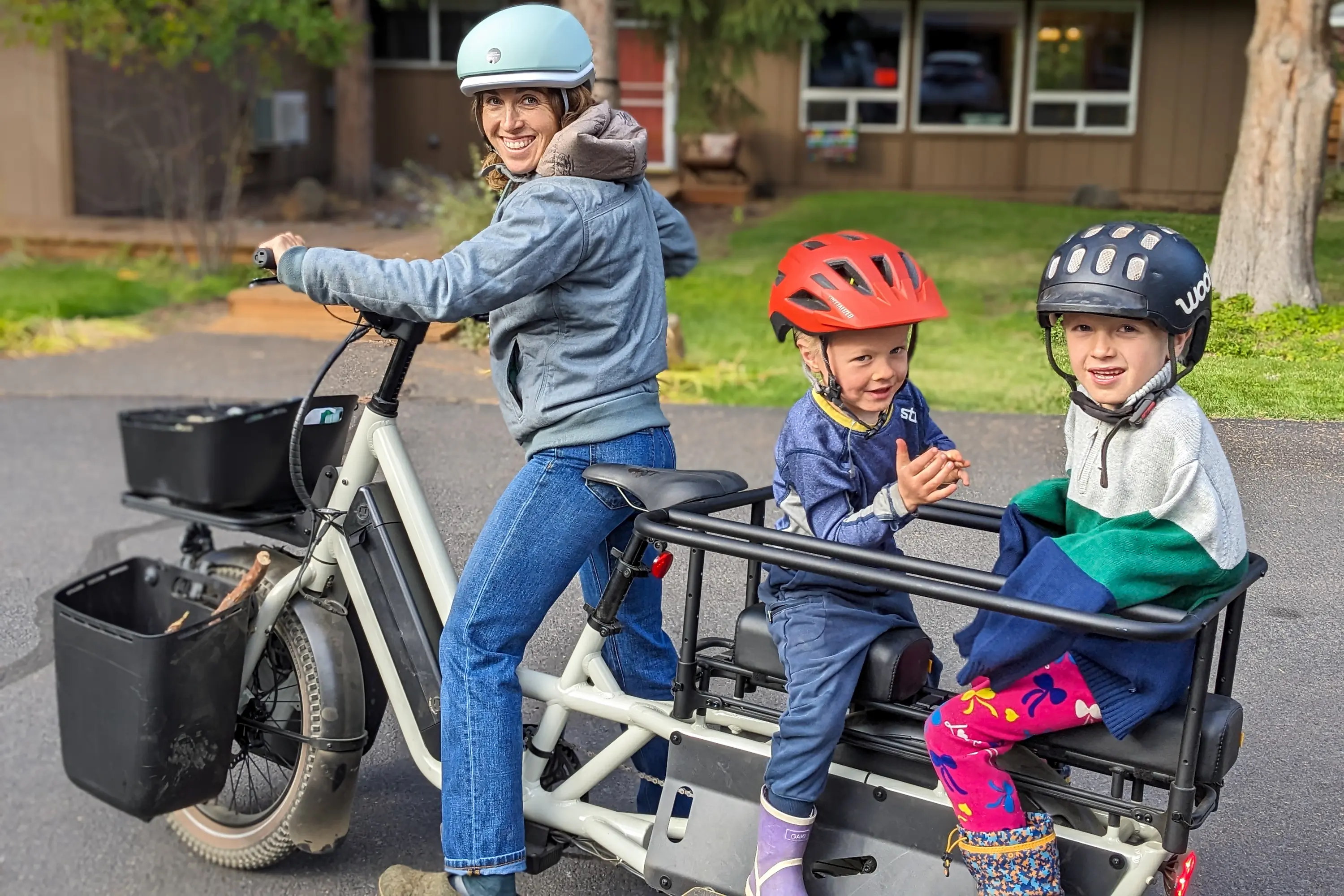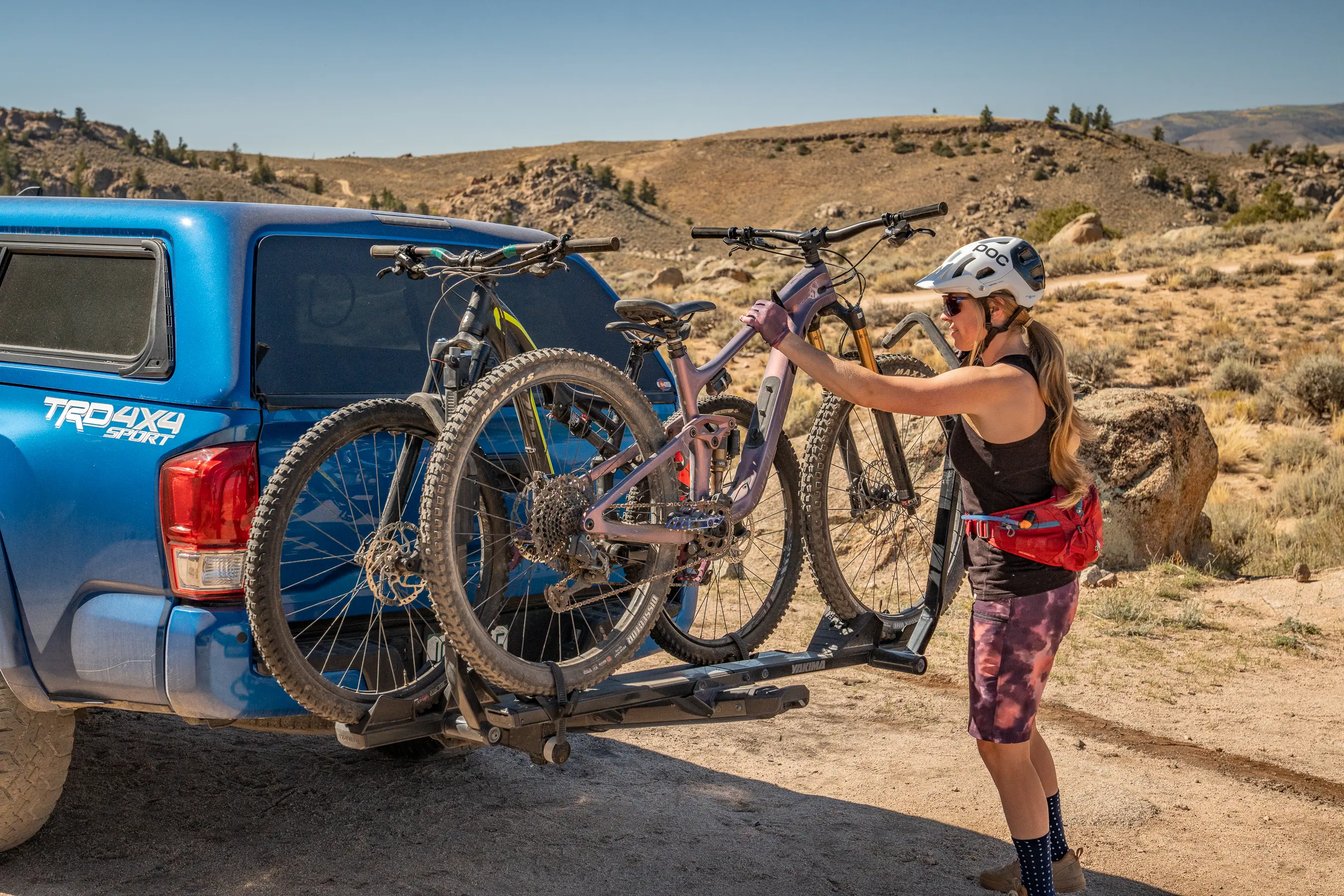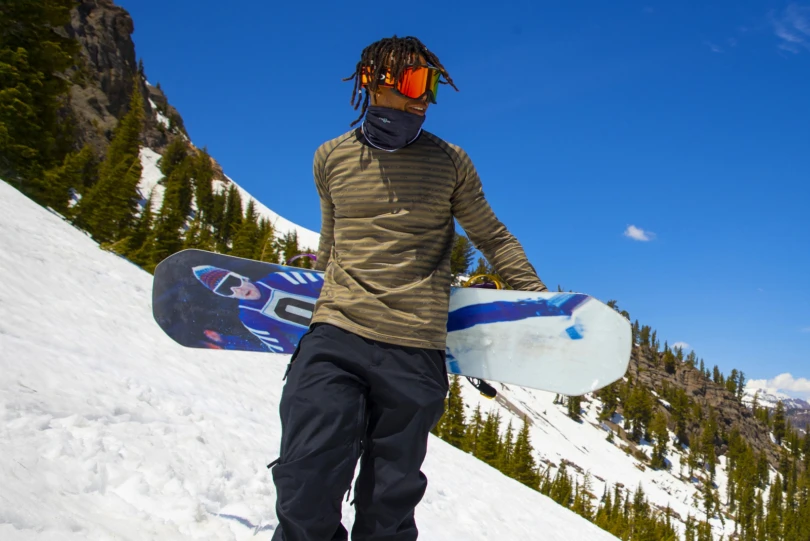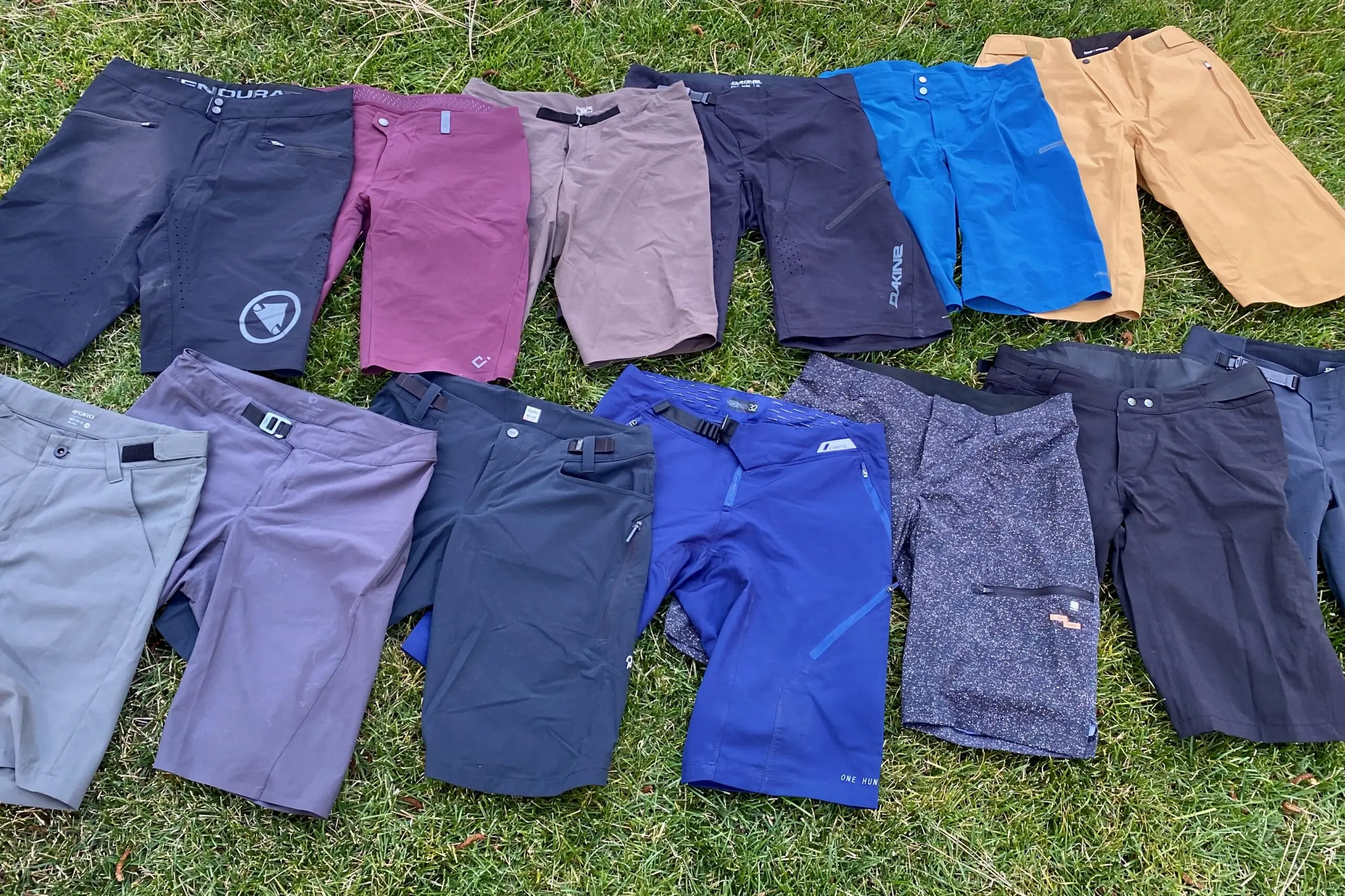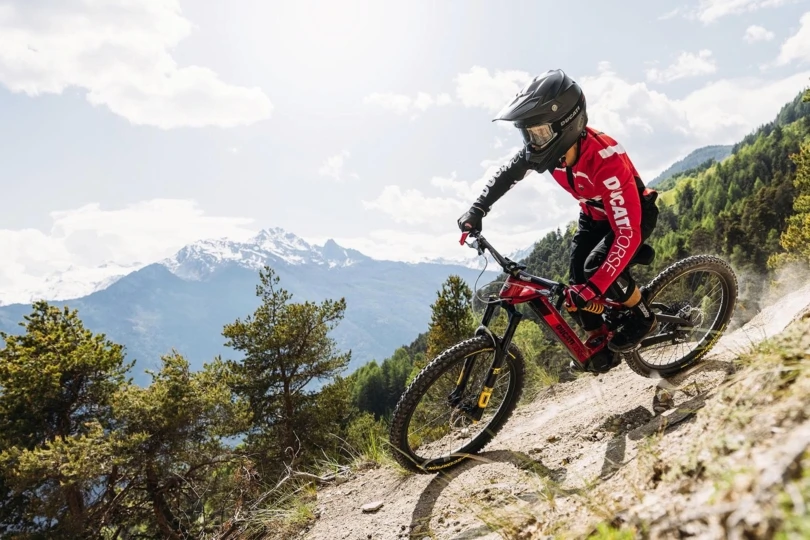
The sun was beginning to rise over the frozen Manitoba prairie. The temp hovered around zero degrees F. I was lined up with 33 other cyclists, ready to start my first winter ultra bike race.
The Actif Epica is a 130KM race across windswept Manitoba farmlands. In the many miles ahead I would ride a mix of gravel roads, dirt paths through fields, and snow covered trails from the starting location in St. Malo to a finish line in Winnipeg.
I’m no stranger to endurance races. But Actif Epica was a learning experience to say the least. It took me 13 hours and 48 minutes to complete the challenging course, which secured me a middle-of-the-pack finish time. As with any epic adventure, I learned a lot of lessons along the trail, including these 12 pieces of wisdom. —Amy Oberbroeckling

1. Know your gear — My race bike was a Borealis Yampa. This carbon bike is one of the lightest fatbikes on the market, weighing less than 25 pounds. I was cruising on the flats with likely the lightest bike on the course. Unfortunately, I didn’t spend enough time with it before the race, and when I started having difficulty shifting from a frozen derailleur, I wasn’t able to fix it with cold hands. Two racers were nice enough to stop and help, and I was on my way and riding in a matter of minutes.
2. Check, and double check, your gear list — The night before the race the temperature dropped to well below zero. I prepped my bike in a hurry, while shivering in an unheated garage. In the midst of this packing frenzy, I managed to forget my mittens, a crucial part of my hand layering system. I had pogies on the bike handlebars and thin wool gloves. At around mile 20 my hands began to freeze. I tried warming them under my jacket, but to no avail. Luckily, a friendly farmer in a small french-speaking town sympathized with my ailment and gave me his leather choppers. I surely wouldn’t have been able to finish the race if it weren’t for this man!
3. Zip ties will freeze and break — Maybe I’m the only one who didn’t know this, but as I was trying to secure my mandatory red rear blinking light, my zip ties kept snapping in half. I finally got one to stay, but just minutes before the race start it snapped. I had to resort to using tape to secure my light. It was too cold for plastic zip ties.

4. Make sure your hand warmers are not expired — It sounds silly, but this was a tough lesson to learn. I brought along a two-pack of chemical hand-warmers. When I needed them the most, I took them out and they wouldn’t activate. I looked at the wrapper to see the that they expired almost two years ago.
5. Bring extra layers — The sun began to set around mile 50 and the temperature dropped rapidly. My balaclava was frozen around my mouth and my head was starting to feel cold. I was so excited when I remembered that I had an extra wool Buff and hat in my saddle bag. I put those on and immediately felt warmer and was ready to roll on.
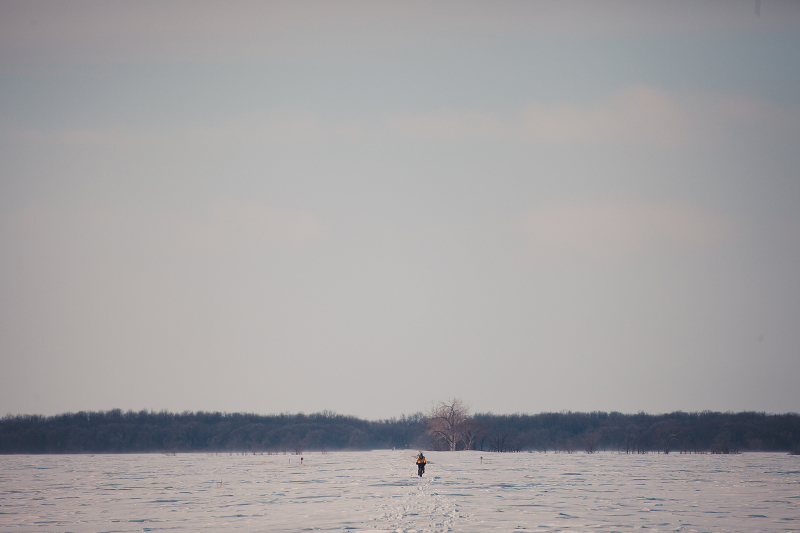
6. Do not overlook tire pressure — I was running my tires at 11 PSI, which was perfect on the hard-pack snow and gravel roads, but it was way too much for the softer, snowy sections. I found out after the race that some racers carry frame pumps for this reason. They let air out so they can ‘float’ on the softer stuff, and they fill the tires back up on the harder roads for faster cruising.
7. Keep your feet warm — I wore the super warm Alpha boot from Sorel with flat pedals. Inside the boot I used a vapor barrier layering system, which was a small plastic garbage bag between my synthetic base layer sock and warmer wool outer sock. My feet stayed toasty the whole time in below-zero temps.

8. Walking is sometimes necessary, get used to it — Walking my bike was probably the hardest part of the whole race. There were miles and miles of prairie where the snow was just too soft for me to ride. I tried to stay positive and think of it as a chance to change positions and keep my feet warm.
